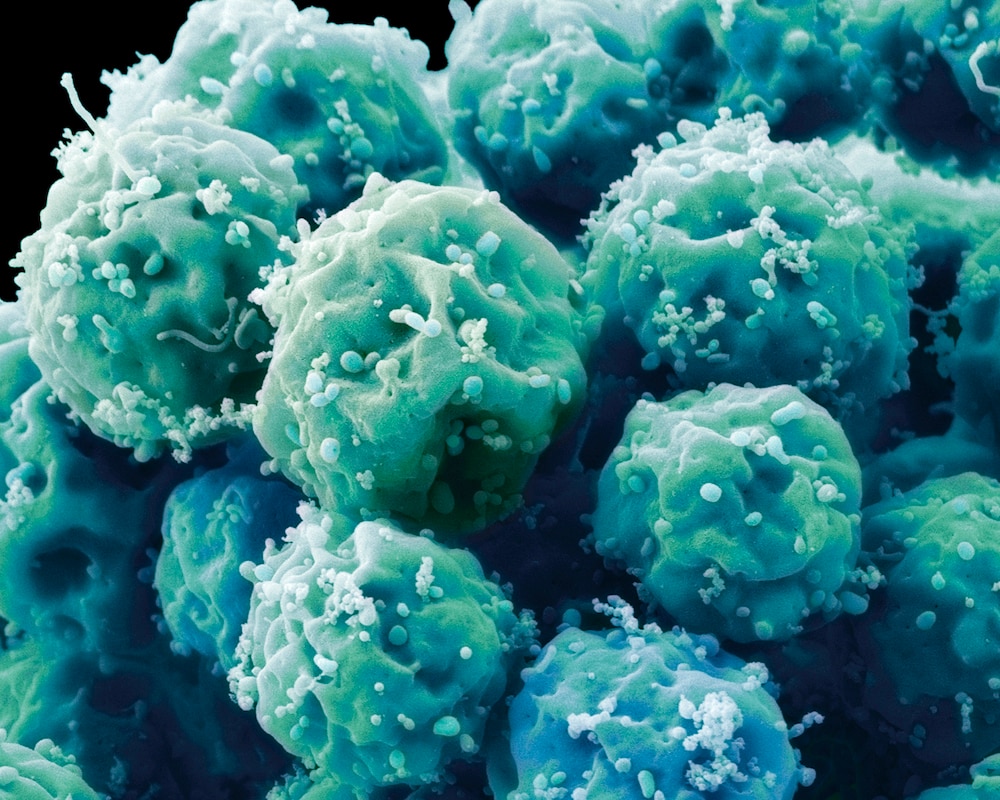Create a free profile to get unlimited access to exclusive videos, sweepstakes, and more!
Morphing cells are so close to creating chimeric human organs in a lab, it’s almost sci-fi
There is now a way to culture human stem cells at a much earlier phase and merge them with animal cells.

Chimeras might bring things like humanoid lizards or Sharktopus to mind, but you won’t see any of those walking by (or thrashing around on a beach) outside of your TV.
Not all chimeras have to sound like they jumped out of a sci-fi horror movie. There is now a way to culture human stem cells at a much earlier phase than they ever could, meaning these cells have a much better chance of morphing into whatever organ they are integrated with, human or animal. Successful integration could create entire chimeric organs. These may someday be grown in a lab and transferred from animals to humans, or humans to other humans.
The breakthrough that could end up taking people off transplant waiting lists in the future was achieved by a team of researchers from the Weizmann Institute of Science in Israel. It’s going to be a while before anyone gets a pig-human liver just yet, but the team has managed to do what was once thought impossible. Capturing human cells at such an early or “naïve” phase means that they have not yet differentiated and have the potential for turning into almost anything.
“The stem cell state can be modified by defined exogenous factors that support the naive state of pluripotency,” the researchers said in a study recently published in Cell Stem Cell.
Fiction started turning into science in 2013 when the same researchers showed that they could inject human cells into mouse embryos, and that those cells actually merged in the embryos. The cells used then were already in an early phase. This isn’t exactly as easy as it sounds, since stem cells can be unstable and often refuse to integrate. Few actually make it to the point that they actually become part of whatever organ or organism they are put into. Now, the Weizmann team was able to culture human cells in an even earlier phase that opens up more possibilities.
Pluripotent stem cells can multiply and form the three main cellular layers of an embryo that will later grow into every part of the body. Though they are slightly more limited than totipotent stem cells, which have not even begun to differentiate into those layers, the more naïve pluripotent cells are, the easier they are to manipulate. Naïve pluripotent stem cells also have epigenetic properties — which are controlled by genetic factors other than DNA — that enable them to undergo transformations which stem cells in later phases are incapable of. They also express genes in a specific pattern that differentiates them from more mature pluripotent cells.
Part of the reason for the team’s success with this transfer was increased cell stability. It made them five times more likely to integrate into what will become a chimeric organ or embryo, but only after several procedures to stabilize them. The researchers needed to block two signaling pathways, each of which is a series of chemical reactions within cells that control what the cells do, such as how they divide. This and the mutation of a gene highly involved with stability helped the cells integrate wherever they were implanted. However, there is still one obstacle — evolution.
Future experiments are going to have to take the differences between human evolution and the evolution of whatever other animal is used to produce extra cells or an organ. At least you can now be sure that there is no way you’ll run into any lizard men.


























